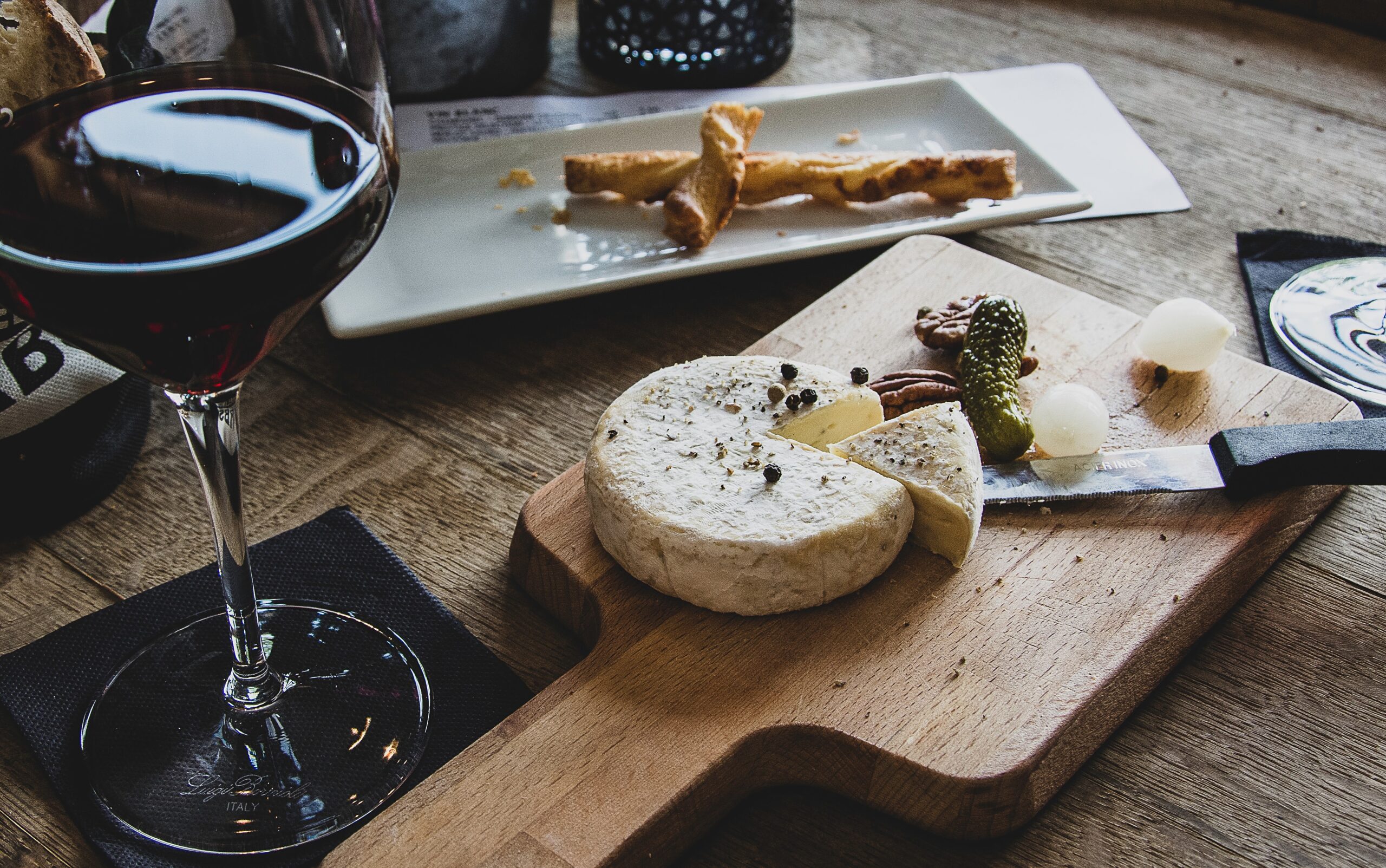The COVID-19 Relief Bill brought a nice perk for business owners via a change to the meal expense deduction guidelines for the IRS for tax years 2021 and 2022. The previous Tax Cuts and Jobs Act (TCJA) of 2017 had reduced the deduction to 50%, down from previous 80%-100%. The COVID Relief Bill upped the deductibility to 100% for a two-year window in order to help boost the flailing restaurant industry.
When the calendar rolls over to 2023, though, things will be back to the way things were in the pre-pandemic era, at least when it comes to business meal deductions, and that means a return to the 50% deduction for most meal expenses. It’s worth taking a few minutes to break down what categories of meal and entertainment expenses are deductible—and at what rate—currently, and in 2023 and beyond.
The business lunch has been a staple of the small business owner’s calendar for many years, and the TCJA’s move to drop the deduction to 50% was an unwelcome change. As you look toward the return of that lower deduction, outside of a congressional extension, there are some tricks and tips to maximize your deductions. An experienced tax advisor can help guide you through strategies that will bolster morale, allow you to meet with prospects and clients regularly, and make the most of potential deductions.
As a refresher, here are the broad rules for business meals and entertainment deductions:
Deductible at 50%
Deductible at 100% for tax year 2022
(if provided by a restaurant)
- Meals provided “for the convenience of” the employer—this includes meals purchased for things like staff meetings or overtime work
- Meals during business travel
- Meals during conferences, seminars, etc.
- Client and prospect business meals; cost must not be “lavish or extravagant,” and the taxpayer must be physically present at the meal
- Taxes and tips associated with the meal
- Room rental, such as an event hall for a cocktail party that serves a predominantly business function
(The provision for *provided by a restaurant does not mean you have to eat the meal in the restaurant. Take-out, delivery and catering are fine, so long as the meal was prepared at a facility that predominantly prepares food for instant consumption.)
Deductible at 100%
(Unchanged by the TCJA of 2017)
- Meals provided as taxable compensation to an employee or outside contractor
- Food & Drink offered to the public for free
- Food, Drink, and Entertainment expenses related to employee-focused events like holiday parties, team-building day trips, etc.
- Meals provided at the taxpayer’s residence if at least half (50%) of employees are present
And in the buzzkill category, we have the following expenses which had their deductibility erased by the TCJA, and will remain non-deductible:
- Tickets to sporting events or concerts
- Travel to and from a business-related meal or event
- Subscriptions or club memberships to employees, prospects, or clients
- Meals during entertainment events, unless broken out separately or written down on a receipt (So those hot dogs and beers at the baseball game are fine, but you’ll need to create a physical receipt in order to get the 50% (100% for 2022) deduction.)
The Easy Litmus Test: “Ordinary and Necessary”
There has been no real attempt by the IRS to pin down what is deemed ordinary or necessary for any individual business. As a result, seemingly any business discussion with staff or clients is acceptable in order to claim the deduction.
The same is true for the “lavish and extravagant” language; the IRS has made no successful challenge to an individual meal charge under this guideline, so relying on the basic common sense test works fine for meal costs at fine-dining establishments.
All that to say, don’t spend time worrying about what constitutes an “ordinary” or “necessary” business meal. As long as the business owner/taxpayer and an employee/client/prospect/contractor are both present and your business is discussed for at least a few minutes, you should be safe claiming it as a deduction.
The Easy “Shoeboxing” Procedure
Maintaining proper meal records and receipts during the year is pretty straightforward (although we suggest a better receptacle than an actual shoebox!):
- Store the receipt that shows the name of the restaurant, an itemized list of purchase items, and the number of people present.
- On the receipt, jot down or print who was present at the meal and what the business purpose of the meal was (can be as simple as “prospect lunch”, “client discussion”, etc.).
- You can even take a photo of the receipt and save it in a spot that you’ll be able to easily retrieve it come tax filing time.

At TreMonte Financial, we can help you manage the proverbial shoebox and so much more, with overarching tax optimization and business strategy to drive your company forward while freeing up your time for the most value-add functions to your business. Reach out to a team member today for an initial consultation!


